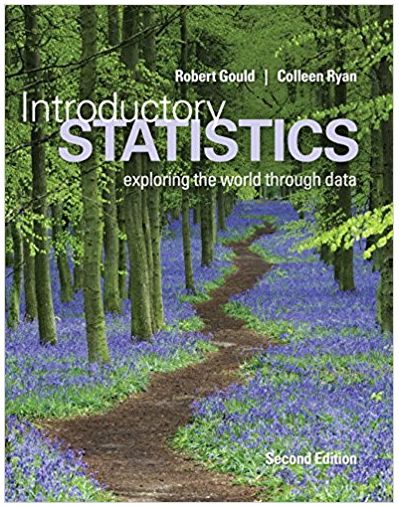Suppose you had to identify the color of ink for a series of printed words, but the
Question:
Same Diff
32 ...........66
12 ...........31
17 ...........40
16 ...........25
25 ...........36
18 ...........15
18 ...........39
24 ...........35
20 ...........32
24 ...........30
The data in the table were collected by a student conduct ing research on the Stroop effect. Each of 10 subjects identified colors of ink in two different situations, and the time (in seconds) was recorded. There were 36 words in each trial. In column 1, the ink was the same color as the word. In column 2, the ink and the words were different colors. Whether the subject started with the color matching the word or with the color that was different was randomly determined. Treat the data as though they came from a random sample.
a. Write a sentence comparing the median time to identify the color for the two groups. Did the task tend to take longer when the colors were different?
b. Do a sign test to test whether those who see the ink in the "wrong" color tend to take longer to identify the color. Use a significance level of 0.05.
Fantastic news! We've Found the answer you've been seeking!
Step by Step Answer:
Related Book For 

Introductory Statistics Exploring The World Through Data
ISBN: 9780321978271
2nd Edition
Authors: Robert Gould, Colleen Ryan
Question Posted:





